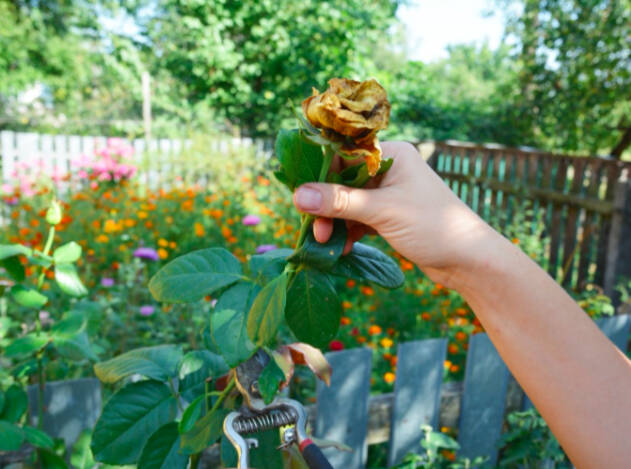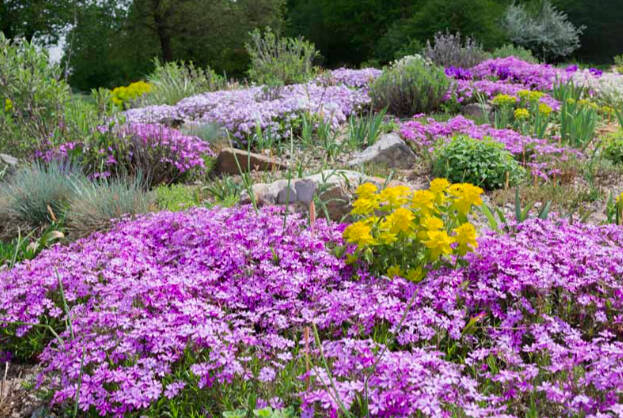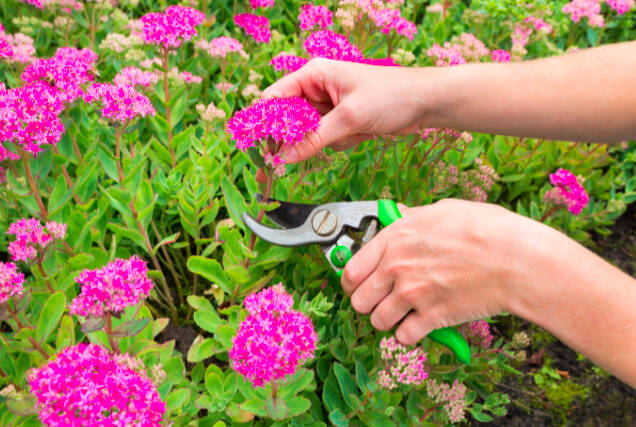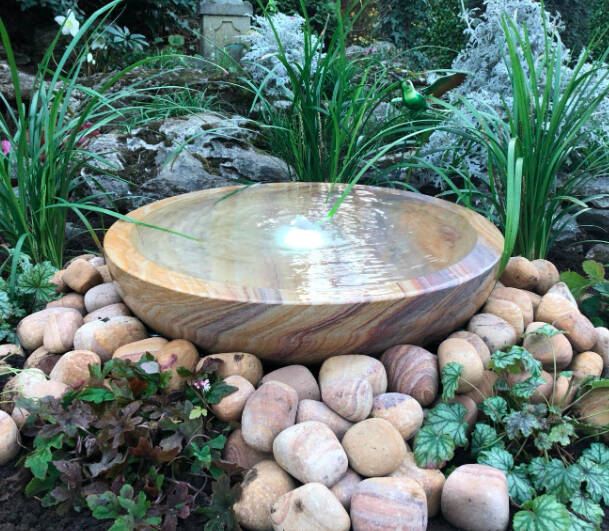It’s that time of year again when leaves start to fall, and the air gets a little crisper. It’s also the time of year when we need to think about preparing our gardens for winter. If you’re an avid gardener or have a yard with landscaping, then these tips will help get your garden ready for winter weather:
● Remove any dead flowers from plants:
This is a good time to trim any dead flowers, buds, and leaves off your plants. Dead
plant materials are not only unattractive, but they can also spread disease if left on the
stems of healthy plants, so it’s best to remove them now. During winters, these dead
materials can attract animals like squirrels which might chew on the stems of your
plants. So, it is necessary to remove them before it starts snowing.
● Prune deciduous plants: Pruning is essential in both winter and summer as this helps
maintain the shape of your plant, removes dead wood that can be a fire hazard, and
exposes new buds to sunlight. Remove any branches that are rubbing against each other
or which may touch shrubs with long leaves because they will cause damage if left
unchecked. You should also consider removing any big stems from trees since they
might break when there are strong winds or heavy snow due to weight on their limbs.
These things need not happen if you pruned those stems off earlier during the fall
season!
● Cover exposed roots:
If you have perennial flowers grown above ground but below-ground perennials, then
cover these roots with a thick layer of mulch. This will keep them from freezing and
cause damage to the plant during the winter season. Additionally, you can also cover
the root with soil or hay if you have a lot of excesses. Make sure you check
gardenandgrass for additional tips on gardening so that you don’t leave any stone
unturned while taking care of your yard.
● Remove all mulch: It’s important that you remove any mulch from around plant roots and avoid using it near exposed areas as well so the ground doesn’t freeze up too quickly in case we get an early frost. If there is snow or ice, be sure not to shovel it onto a frozen area where you don’t want it! Some people use a straw instead of wood chips during this time because insects are less likely to feed off them, and they’re easier than dirt if heavy rain comes while leaves are wet.
● Cut back perennials:
You can use a shovel or hand pruners to cut back perennials after the first frost. You
don’t want them coming out of dormancy in spring and being fooled into thinking they
should start growing again, as this means you’ll be spending more time weeding your
garden when it’s not supposed to grow! Make sure you check the ground for slugs and
snails before you put the plants back in.
● Mulching: Mulch is a layer of organic material, such as straw or wood chips, that covers
the ground to protect it from erosion during winter months when plants are dormant. It
also keeps moisture from evaporating and roots from freezing up. Make sure you use
mulch on top of flower beds with perennials because they’ll be exposed to snow all
season long!
● Remove weeds from the garden bed: Pull or cut out all weeds before frost hits, as this
will make spring planting much easier when warmer weather returns. Plus, it’s better to get rid of weeds before they spread. If you want to keep weeds from growing in your
garden bed, make sure you use organic solutions such as mulch or compost.
● Clear away fallen branches:
Make sure you clear away any fallen branches from the garden bed. Dead leaves can
pile up and create a natural barrier that will keep moisture in, but only if they’re not
sitting on top of plants! They can also provide a home for bugs and pests that are more
likely to harm your plants. So, it is better to clear them out before winter hits.
● Clean out gutters: If there’s debris clogging your downspouts or guttering, then make sure to clean them out before the rainy season starts again. This’ll prevent water
pooling against walls and causing damage when it freezes over winter. Plus, this is also
an important step for preventing pests like mosquitoes from breeding inside your home!
It will keep your yard clean and your plants safe.
● Put up bird feeders: If you have any bird feeders, then now’s the time to put them up before winter hits. You’ll need to be careful when putting these out as they can become heavy and lead to trees being broken in high winds if not positioned correctly! This way, you will provide a home for hungry birds in the winter who won’t be able to find food elsewhere because of weather conditions. Additionally, it will create a beautiful scene in your yard where you can watch bird activity.
● Cover any water features with a pump:
If you have any ponds, fountains, or other water features in your garden, then it’s
important to cover them from the winter weather. This will prevent damage and
freezing of the pipes inside those items, which can lead to a lot more work for yourself!
It will also prevent the water from freezing and making a large solid block of ice.
● Cover any plants that need protecting: Some plants are quite sensitive to changing
weather conditions, so if you have any in your garden, then it’s important to protect
them as well. For example, evergreens can be susceptible to drying out during winter
months due to lack of moisture or getting too much sun exposure over time. To prevent
this from happening, cover those with burlap sacks or row covers for protection and
remove them once we enter springtime! You should also think about covering vines like
wisteria, which will start pushing flowers up around now.
● Cover pots:
You may not think that this is necessary; however, if you live in an area with harsh
winters, then covering your pots will help keep frost off during cooler nights and protect
them from windburn when they’re exposed. Use straws or plastic wrap around
containers so that there is minimal contact between cold air and ceramic surfaces. The
insulation can also increase pot life by up to 15% due to less exposure.
Conclusion: When you’re thinking about getting your garden ready for winter, it’s important to consider the following tips. With constant care and attention, your garden can survive winter and come back even better in the spring.








